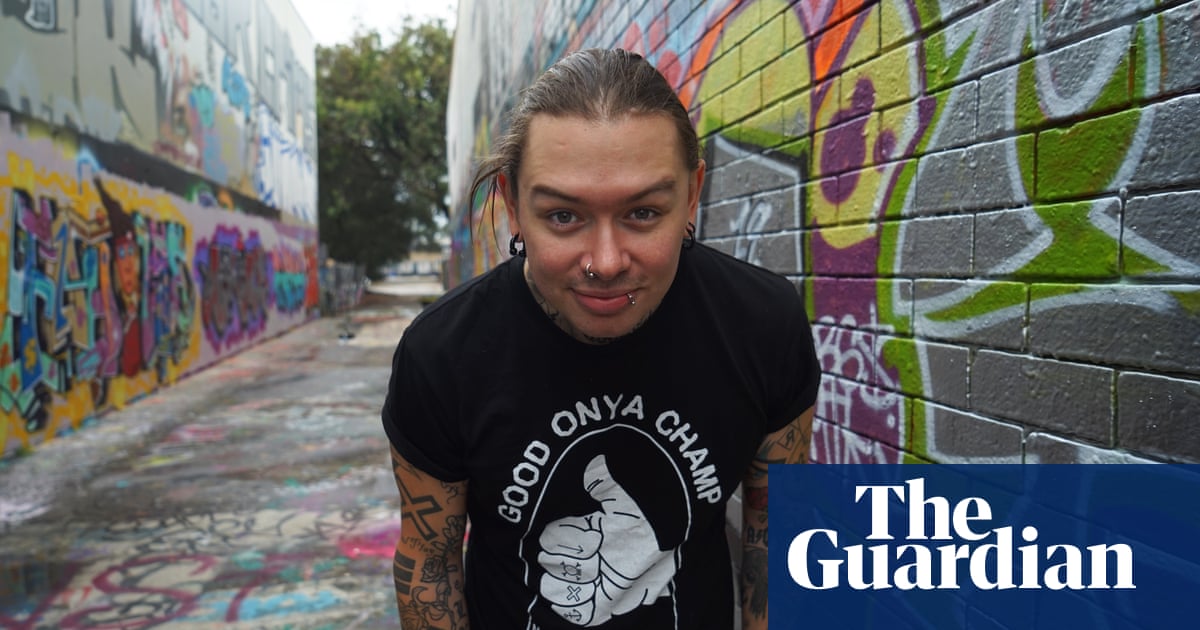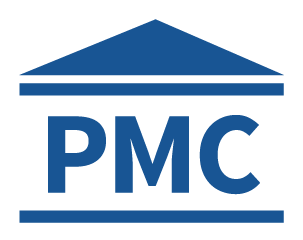
Earlier this week, Atlantic magazine – fast becoming the favored media outlet for self-styled intellectual elites of the Aspen Institute type – ran an in-depth article of the problems free speech pose to American society in the coronavirus era. The headline:
Internet Speech Will Never Go Back to Normal
In the debate over freedom versus control of the global network, China was largely correct, and the U.S. was wrong.
Authored by a pair of law professors from Harvard and the University of Arizona, Jack Goldsmith and Andrew Keane Woods, the piece argued that the American and Chinese approaches to monitoring the Internet were already not that dissimilar:
Constitutional and cultural differences mean that the private sector, rather than the federal and state governments, currently takes the lead in these practices… But the trend toward greater surveillance and speech control here, and toward the growing involvement of government, is undeniable and likely inexorable.
They went on to list all the reasons that, given that we’re already on an “inexorable” path to censorship, a Chinese-style system of speech control may not be such a bad thing. In fact, they argued, a benefit of the coronavirus was that it was waking us up to “how technical wizardry, data centralization, and private-public collaboration can do enormous public good.”
Perhaps, they posited, Americans could be moved to reconsider their “understanding” of the First and Fourth Amendments, as “the harms from digital speech” continue to grow, and “the social costs of a relatively open Internet multiply.”
This interesting take on the First Amendment was latest in a line of “Let’s rethink that whole democracy thing” that began sprouting up in earnest four years ago. Articles with headlines like “Democracies end when they become too democratic” and “Too much of a good thing: why we need less democracy” became common after two events in particular: Donald Trump’s victory in the the Republican primary race, and the decision by British voters to opt out of the EU, i.e. “Brexit.”
A consistent lament in these pieces was the widespread decline in respect for “experts” among the ignorant masses, better known as the people Trump was talking about when he gushed in February 2016, “I love the poorly educated!”
The Atlantic was at the forefront of the argument that The People is a Great Beast who cannot be trusted to play responsibly with the toys of freedom. A 2016 piece called “American politics has gone insane” pushed a return of the “smoke-filled room” to help save voters from themselves. Author Jonathan Rauch employed a metaphor that is striking in retrospect, describing America’s oft-vilified intellectual and political elite as society’s immune system:
Americans have been busy demonizing and disempowering political professionals and parties, which is like spending decades abusing and attacking your own immune system. Eventually, you will get sick.
The new piece by Goldsmith and Woods says we’re there, made literally sick by our refusal to accept the wisdom of experts. The time for asking the (again, literally) unwashed to listen harder to their betters is over. The Chinese system offers a way out. When it comes to speech, don’t ask: tell.
As the Atlantic lawyers were making their case, YouTube took down a widely-circulated video about coronavirus, citing a violation of “community guidelines.”
The offenders were Drs. Dan Erickson and Artin Massahi, co-owners of an “Urgent Care” clinic in Bakersfield, California. They’d held a presentation in which they argued that widespread lockdowns were perhaps not necessary, according to data they were collecting and analyzing.
“Millions of cases, small amounts of deaths,” said Erickson, a vigorous, cheery-looking Norwegian-American who argued the numbers showed Covid-19 was similar to flu in mortality rate. “Does [that] necessitate shutdown, loss of jobs, destruction of oil companies, furloughing doctors…? I think the answer is going to be increasingly clear.”
The reaction of the medical community was severe. It was pointed out that the two men owned a clinic that was losing business thanks to the lockdown. The message boards of real E.R. doctors lit up with angry comments, scoffing at the doctors’ dubious (at best) data collection methods and even their somewhat dramatic choice to dress in scrubs for their video presentation.
The American Academy of Emergency Medicine (AAEM) and American College of Emergency Physicians (ACEP) scrambled to issue a joint statement to “emphatically condemn” the two doctors, who “do not speak for medical society” and had released “biased, non-peer reviewed data to advance their personal financial interests.”
As is now almost automatically the case in the media treatment of any controversy, the story was immediately packaged for “left” and “right” audiences by TV networks. Tucker Carlson on Fox backed up the doctors’ claims, saying “these are serious people who’ve done this for a living for decades” and YouTube and Google have “officially banned dissent.”
Meanwhile, over on Carlson’s opposite-number channel, MSNBC, anchor Chris Hayes of the All In program reacted with fury to Carlson’s monologue:
There’s a concerted effort on the part of influential people at the network that we at All In call Trump TV right now to peddle dangerous misinformation about the coronavirus… Call it coronavirus trutherism.
Hayes, an old acquaintance of mine, seethed at what he characterized as the gross indifference of Trump Republicans to the dangers of coronavirus. “At the beginning of this horrible period, the president, along with his lackeys, and propagandists, they all minimized what was coming,” he said, sneering. “They said it was just like a cold or the flu.”
He angrily demanded that if Fox acolytes like Carlson believed so strongly that society should be reopened, they should go work in a meat processing plant. “Get in there if you think it’s that bad. Go chop up some pork.”
The tone of the many media reactions to Erickson, Carlson, Trump, Georgia governor Brian Kemp, and others who’ve suggested lockdowns and strict shelter-in-place laws are either unnecessary or do more harm than good, fits with what writer Thomas Frank describes as a new “Utopia of Scolding”:
Who needs to win elections when you can personally reestablish the social order every day on Twitter and Facebook? When you can scold, and scold, and scold. That’s their future, and it’s a satisfying one: a finger wagging in some vulgar proletarian’s face, forever.
In the Trump years the sector of society we used to describe as liberal America became a giant finger-wagging machine. The news media, academia, the Democratic Party, show-business celebrities and masses of blue-checked Twitter virtuosos became a kind of umbrella agreement society, united by loathing of Trump and fury toward anyone who dissented with their preoccupations.
Because Conventional Wisdom viewed itself as being solely concerned with the Only Important Thing, i.e. removing Trump, there was no longer any legitimate excuse for disagreeing with Conventional Wisdom’s takes on Russia, Julian Assange, Jill Stein, Joe Rogan, the 25th amendment, Ukraine, the use of the word “treason,” the removal of Alex Jones, the movie Joker, or whatever else happened to be the #Resistance scolding fixation of the day.
When the Covid-19 crisis struck, the scolding utopia was no longer abstraction. The dream was reality! Pure communism had arrived! Failure to take scolding was no longer just a deplorable faux pas. Not heeding experts was now murder. It could not be tolerated. Media coverage quickly became a single, floridly-written tirade against “expertise-deniers.” For instance, the Atlantic headline on Kemp’s decision to end some shutdowns was, “Georgia’s Experiment in Human Sacrifice.”
At the outset of the crisis, America’s biggest internet platforms – Facebook, Twitter, Google, LinkedIn, and Reddit – took an unprecedented step to combat “fraud and misinformation” by promising extensive cooperation in elevating “authoritative” news over less reputable sources.
H.L. Mencken once said that in America, “the general average of intelligence, of knowledge, of competence, of integrity, of self-respect, of honor is so low that any man who knows his trade, does not fear ghosts, has read fifty good books, and practices the common decencies stands out as brilliantly as a wart on a bald head.”
We have a lot of dumb people in this country. But the difference between the stupidities cherished by the Idiocracy set injecting fish cleaner, and the ones pushed in places like the Atlantic, is that the jackasses among the “expert” class compound their wrongness by being so sure of themselves that they force others to go along. In other words, to combat “ignorance,” the scolders create a new and more virulent species of it: exclusive ignorance, forced ignorance, ignorance with staying power.
The people who want to add a censorship regime to a health crisis are more dangerous and more stupid by leaps and bounds than a president who tells people to inject disinfectant. It’s astonishing that they don’t see this.
Journalists are professional test-crammers. Our job is to get an assignment on Monday morning and by Tuesday evening or Wednesday morning act like we’re authorities on intellectual piracy, the civil war in Yemen, Iowa caucus procedure, the coronavirus, whatever. We actually know jack: we speed-read, make a few phone calls, and in a snap people are inviting us on television to tell millions of people what to think about the complex issues of the world.
When we come to a subject cold, the job is about consulting as many people who really know their stuff as quickly as possible and sussing out – often based on nothing more than hunches or impressions of the personalities involved – which set of explanations is most believable. Sportswriters who covered the Deflategate football scandal had to do this in order to explain the Ideal Gas Law, I had to do it to cover the subprime mortgage scandal, and reporters this past January and February had to do it when assigned to assess the coming coronavirus threat.
It does not take that much work to go back and find that a significant portion of the medical and epidemiological establishment called this disaster wrong when they were polled by reporters back in the beginning of the year. Right-wingers are having a blast collecting the headlines, and they should, given the chest-pounding at places like MSNBC about others who “minimized the risk.” Here’s a brief sample:
Get a Grippe, America: The flu is a much bigger threat than coronavirus, for now: Washington Post
Coronavirus is scary, but the flu is deadlier, more widespread : USA Today
Want to Protect Yourself From Coronavirus? Do the Same Things You Do Every Winter : Time
Here’s my personal favorite, from Wired on January 29:
We should de-escalate the war on coronavirus
There are dozens of these stories and they nearly all contain the same elements, including an inevitable quote or series of quotes from experts telling us to calm the hell down. This is from the Time piece:
“Good hand-washing helps. Staying healthy and eating healthy will also help,” says Dr. Sharon Nachman, a pediatric infectious disease specialist at New York’s Stony Brook Children’s Hospital. “The things we take for granted actually do work. It doesn’t matter what the virus is. The routine things work.”
There’s a reason why journalists should always keep their distance from priesthoods in any field. It’s particularly in the nature of insular communities of subject matter experts to coalesce around orthodoxies that blind the very people in the loop who should be the most knowledgeable.
“Experts” get things wrong for reasons that are innocent (they’ve all been taught the same incorrect thing in school) and less so (they have a financial or professional interest in denying the truth).
On the less nefarious side, the entire community of pollsters in 2016 denounced as infamous the idea that Donald Trump could win the Republican nomination, let alone the general election. They believed that because they weren’t paying attention, but also because they’d never seen anything similar. In a more suspicious example, if you asked a hundred Wall Street analysts in September 2008 what caused the financial crisis, probably no more than a handful would have mentioned fraud or malfeasance.
Both of the above examples point out a central problem with trying to automate the fact-checking process the way the Internet platforms have of late, with their emphasis on “authoritative” opinions.
Authorities by their nature are often wrong. Sometimes they have an interest in denying truths, and sometimes they actually try to define truth as being whatever they say it is. “Elevating authoritative content” over independent or less well-known sources is an algorithmic take on the journalistic obsession with credentialing that has been destroying our business for decades.
The WMD fiasco happened because journalists listened to people with military ranks and titles instead of demanding evidence and listening to their own instincts. The same thing happened with Russiagate, a story fueled by intelligence “experts” with grand titles who are now proven to have been wrong to a spectacular degree, if not actually criminally liable in pushing a fraud.
We’ve become incapable of talking calmly about possible solutions because we’ve lost the ability to decouple scientific or policy discussions, or simple issues of fact, from a political argument. Reporting on the Covid-19 crisis has become the latest in a line of moral manias with Donald Trump in the middle.
Instead of asking calmly if hydroxychloroquine works, or if the less restrictive Swedish crisis response has merit, or questioning why certain statistical assumptions about the seriousness of the crisis might have been off, we’re denouncing the questions themselves as infamous. Or we’re politicizing the framing of stories in a way that signals to readers what their take should be before they even digest the material. “Conservative Americans see coronavirus hope in Progressive Sweden,” reads a Politico headline, as if only conservatives should feel optimism in the possibility that a non-lockdown approach might have merit! Are we rooting for such an approach to not work?
From everything I’ve heard, talking to doctors and reading the background material, the Bakersfield doctors are probably not to be trusted. But the functional impact of removing their videos (in addition to giving them press they wouldn’t otherwise have had) is to stamp out discussion of things that do actually need to be discussed, like when the damage to the economy and the effects of other crisis-related problems – domestic abuse, substance abuse, suicide, stroke, abuse of children, etc. – become as significant a threat to the public as the pandemic. We do actually have to talk about this. We can’t not talk about it out of fear of being censored, or because we’re confusing real harm with political harm.
Turning ourselves into China for any reason is the definition of a cure being worse than the disease. The scolders who are being seduced by such thinking have to wake up, before we end up adding another disaster on top of the terrible one we’re already facing.

















